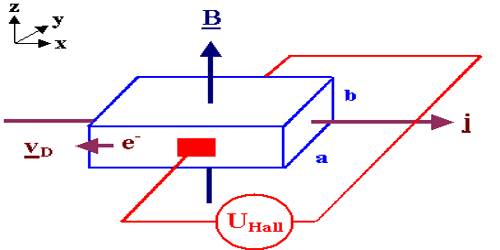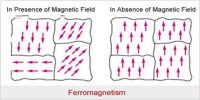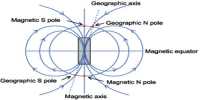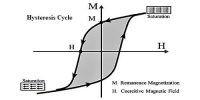Hall Effect
We know, current is produced in a conductor due to the flow of electrons. The charge of an electron is negative. But in all cases, current is not produced due to the flow of negative charges. In semiconducting materials like germanium, silicon etc. current is produced by both positive and negative charges. But in this case, which charge is responsible for conduction is determined by the process of production of the semiconducting material. In 1879, American scientist E.H. Hall performed an experiment to determine the type of charge whether positive or negative and the number of charges. Now, this method is extensively used in many cases. From this method, the magnetic field can also be measured. Before the discovery of the electron, Hall effect had been invented. So it was not known that current flow is due to the flow of electrons. Hall effect may be defined in the following way.
If a magnetic field is applied perpendicular to the flow of current, then a potential is created normal to both that of current and the magnetic field. This effect is called Hall Effect and the generated potential is called Hall potential or Hall voltage.
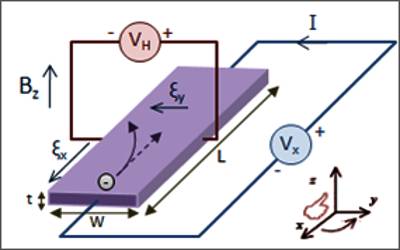
The Hall effect was discovered in 1879 by Edwin Hall while he was working on his doctoral degree at Johns Hopkins University in Baltimore, Maryland. Eighteen years before the electron was discovered, his measurements of the tiny effect produced in the apparatus he used were an experimental tour de force, published under the name “On a New Action of the Magnet on Electric Currents”.
